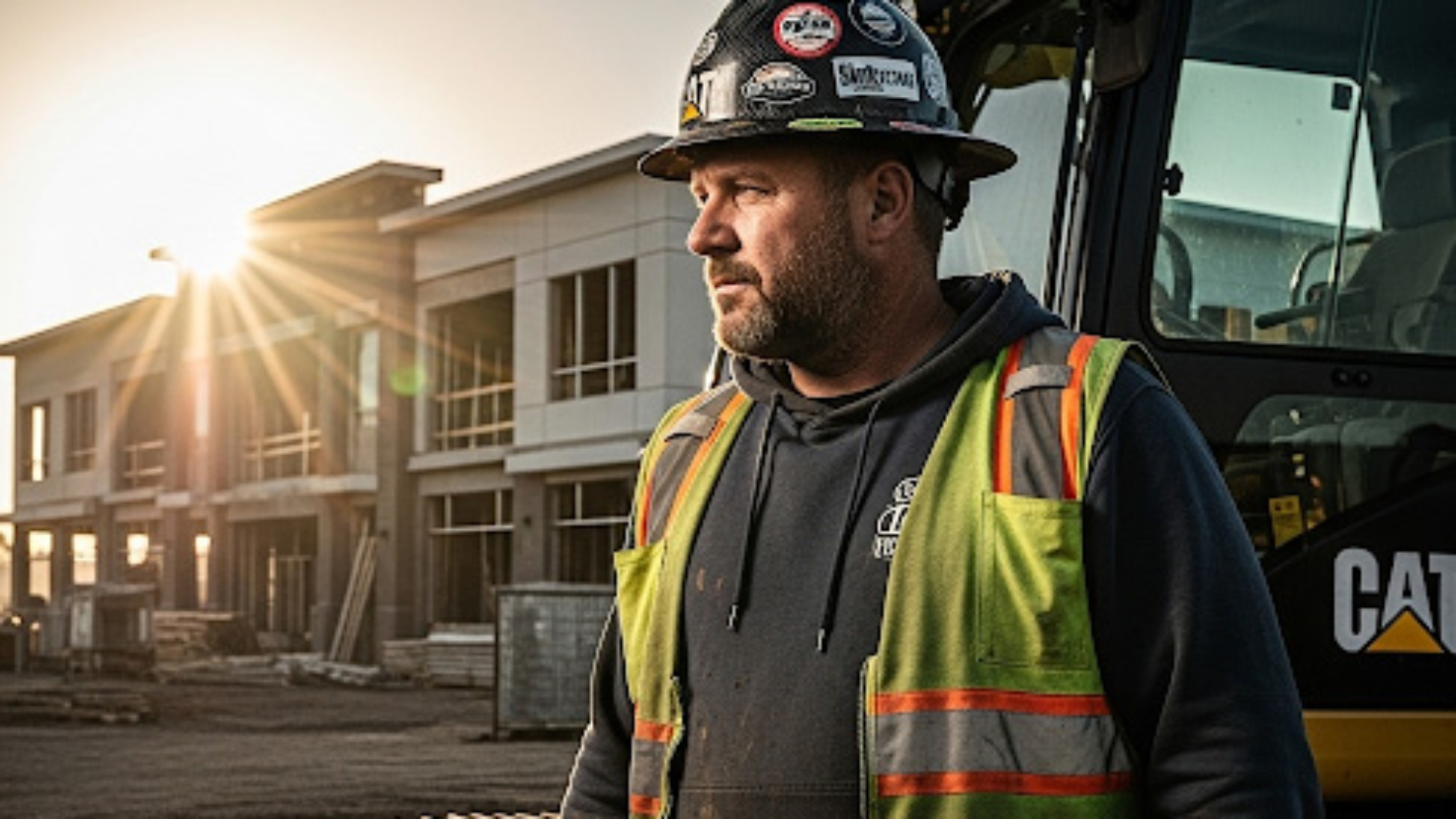Yesterday, I sat across from a construction CEO describing his company’s challenges. Multiple business lines need attention. Legacy sales operations transitioning to digital processes. Two marketing roles to backfill. Data integration nightmares.
I knew his company was also in talks with a well-known ad agency that had experience in construction, including rebranding his direct competitor. I also knew they couldn’t help him because they’re not built to solve these challenges.
The difference in how we’d approach these problems crystallized everything I’ve learned about why the fractional CMO model works, and where traditional ad agencies and marketing firms fall short.
The Agency Playbook Stops at Surface Level
This construction company had already done the easy work. Good website, active social media, buyer-focused sales literature, well-designed proposals, branded jobsites and apparel, well-attended events, solid reputation.
They’d checked every box an agency would typically recommend.
However, their real challenges lie deeper within the business infrastructure. How do you track customer text messages in your CRM when they’re landing on employee phones? How do you measure LinkedIn engagement that actually drives revenue? How do you transition from relationship-based sales to scalable digital processes?
An agency would focus on the target audience, messaging, and creative. All important elements, but completely missing this company’s actual problems.
When you’re working at superficial depth on short-term projects, you can’t see what’s really broken. I’ve been there before.
The Integration Advantage
As a fractional CMO, my day-to-day work looks completely different. Instead of creating ad copy and visuals, I’m building processes, frameworks, and playbooks. I’m determining which marketing roles need to be filled. I’m working toward company-wide objectives and collaborating with sales teams on account-based marketing programs.
More importantly, I have access to what agencies never see, such as financials, long-term planning, and a seat at the table where real business decisions are made.
This access reveals problems that remain invisible to outside partners.
Construction ROI cycles typically range from 6 to 36 months. You build relationships, earn opportunities to propose, win projects, execute work, and then get paid. Most of my clients are already filling their 2026 backlog.
Agencies are often out of the picture before they can determine if campaigns have actually worked. They can’t iterate and adjust based on real outcomes.
On the other hand, as a fractional CMO, I have to live with the decisions and recommendations I made 6 to 18 months later.
Systems Thinking Delivers Real Results
Here’s what that accountability looks like in practice.
One client’s business unit was generating a large number of leads but converting only 10% of them. An agency would have recommended more lead generation campaigns or better nurture sequences.
However, having access to their CRM’s pipeline revealed the real problem to me. They were pursuing the wrong opportunities.
I helped them create an Ideal Client Profile and refine their Go/No Go scoresheet for project bidding. A year later, they’re winning 25% of their bids.
No additional ad spend. Less time wasted on projects they couldn’t win. Just better systems for making strategic decisions. Morale is up, too.
This is systems thinking, not campaign thinking.
The Market Is Catching Up
The numbers support what I’m seeing in the field. Fractional CMO adoption jumped from 5% to 9% year-over-year as businesses recognize the limitations of traditional marketing partnerships.
Construction companies face particularly complex challenges that exemplify why embedded expertise is more effective than external partnerships. Marketing is often misunderstood in construction because conventional marketing approaches don’t translate well to the industry’s relationship-driven, long-cycle business model.
Companies need marketing leadership that understands their business deeply enough to solve real problems, not just execute campaigns.
Niche Down: Focus Your Fractional CMO on Construction Marketing
For agency owners feeling constrained by project-based, surface-level work, the transition requires one critical decision.
Niche down.
You can’t serve as a strategic advisor to every type of company. When people hear I focus on construction, they think it’s too narrow. However, construction encompasses a wide range of companies, including general contractors, dozens of trade disciplines, suppliers, vendors, ConTech companies, and hardware manufacturers.
My specialization gives me transferable experience that’s immediately relevant to most clients. I can walk into that prospect meeting and immediately understand why their problems aren’t about better creative.
Some agencies are adding fractional CMO services as an upsell. My team went the opposite direction. We’re fractional CMOs who offer services to support our strategic work.
The difference matters. One approach treats fractional leadership as a premium add-on. The other treats it as the foundation for everything else.
When you’re building the marketing operations backbone of a business rather than just creating deliverables, you can make a massive impact on a company.

